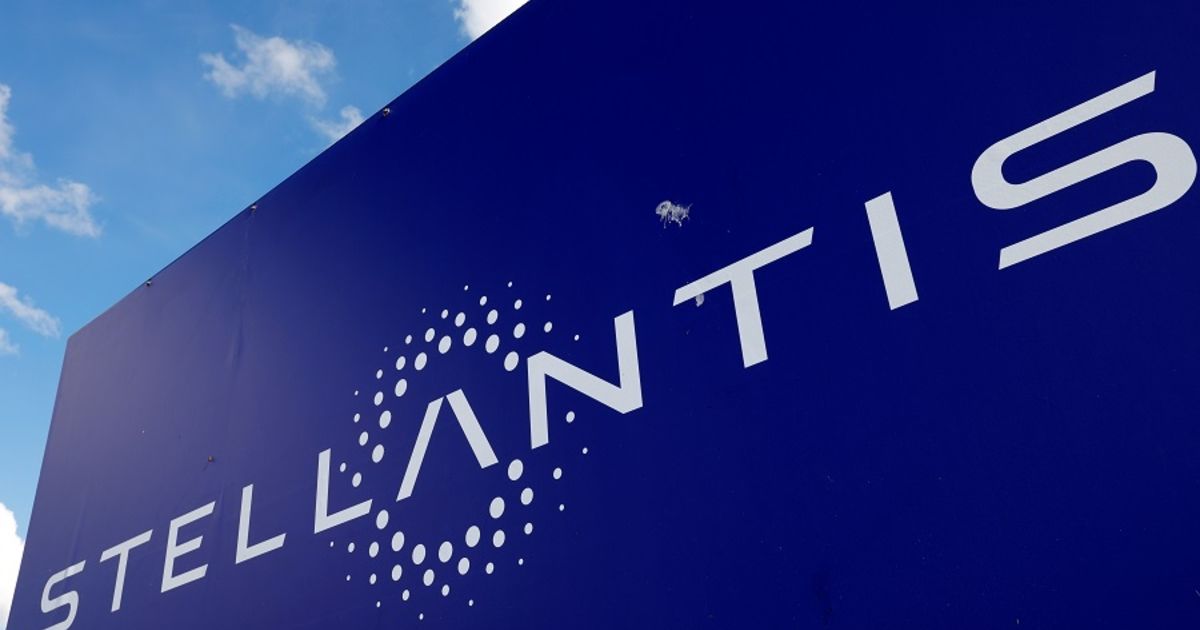
DETROIT — Jeep provided a glimpse into its electrification plans during the Detroit auto show with previews of the Wrangler-inspired Recon off-roader and the sleek Wagoneer S that will expand its line of upscale utility options.
These vehicles are part of an ambitious battery-electric vehicle launch schedule looming for Jeep parent Stellantis, the product of a 2021 merger between Fiat Chrysler Automobiles and France’s PSA Group.
Stellantis said it aims to have more than 75 EVs globally before the end of the decade, with 25 of them coming to the U.S., and to reach global annual EV sales of 5 million by 2030.
Mark Stewart, the North America COO for Stellantis, said the company has to ensure that its manufacturing work force is ready for this critical transition.
Stewart spoke with Staff Reporter Vince Bond Jr. during the Detroit auto show about preparing workers for EVs, the key challenges he faces daily and how the company has adjusted to the merger. Here are edited excerpts.
Q: For the last couple of years, it seems like we see you every couple of months doing different plant groundbreakings and unveilings. Do you feel this is a transformational time for Stellantis?
A: It’s kind of reflected today. Today was a good time for reflection at the first [Detroit] auto show after all these years. We’re clearly an industry in transition, we’re a company in transition with all the technology changes, the different disruptions coming, but I think we’ve definitively responded to the market. Whether it’s investing $35 billion [in electrification and software], opening the new Mack plant to expand right here [in Detroit], the new battery [joint-venture] plants opening in Indiana and in Canada, and then, most recently, announcing the 25 new full-on BEVs [battery electric vehicles] before we hit 2030. It’s definitely an exciting time for that.
As these EVs come out, how are you preparing your workers to build those vehicles?
We are looking at what skill sets we need to transition and what learnings we need to have. One of the things we saw up front and early, and we actually did in our last negotiations all together, was coming up with new skilled trade sets that are getting ready for electrification. Also, in terms of partnering with the local schools at a high school level to get kids interested in coming and showing how exciting the new technology is and all the different jobs available in the work force for it.
We’ve partnered with Oakland University, we’ve partnered with Ohio State and several other universities to really make sure that we’ve got programs in place for our classic powertrain engineering community. They can go back and take many degree sessions that we’ve done together with universities for software and for electrification. It’s important for us that everybody has a place in tomorrow’s Stellantis just like they do in today’s Stellantis. As this tech changes and job requirements change, we’re going to continue to work on job training programs for everyone.
For the battery plants in North America, do you think that they will be unionized?
It’s up to the people in the plant. All of our other facilities that we wholly own are unionized. We’ve got a great relationship with the union and if those wind up being union, that’s great and wonderful, just like it is today. If it’s not, then that’s those folks’ decision as well.
How has the merger transition been for you?
We don’t talk in terms of ex-FCA, ex-PSA anymore, right? We are Stellantis; we are one team. I think we have become a very, very tight-knit team. Normally, that takes the face-to-face and the traveling back and forth, but we found a way to do that in the virtual world as well. So I feel really good about it. And really, really proud of the strengths that we’re bringing to the marketplace. And I think it’s demonstrated in our results globally in terms of our market share, in terms of our financial results and right here at home in North America as well.
What’s the biggest challenge facing you right now?
For us, it’s looking around the corner for the next thing that’s going to hit us. I think that’s maybe one lighthearted way to say that, or heavy-hearted way to say it. We went through the pandemic and we thought, “Oh my goodness gracious, right? This is horrific, and how are we going to get through this?” And then as we get back up and running in May [2020] and things are going really well and things have bounced back and then we get the microchip problems, which continues to be an issue for us as an industry. It’s getting better slowly.
But that’s something we’re still really watching for. And then, of course, there’s so many changes in the world around us. We’re really looking into inflation and making sure that we stay on top of that, that we’ve mitigated as much as possible for our customers so that the vehicles can be affordable.